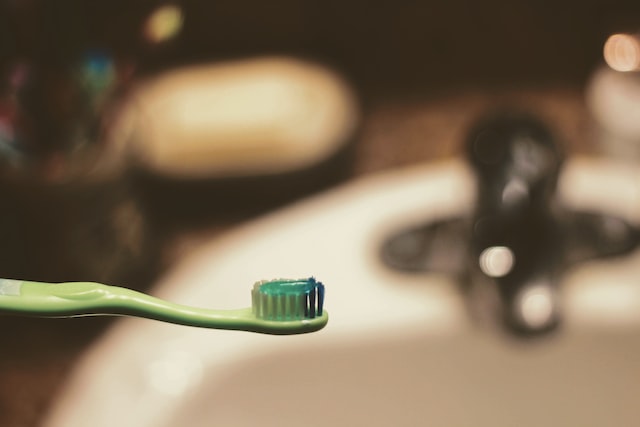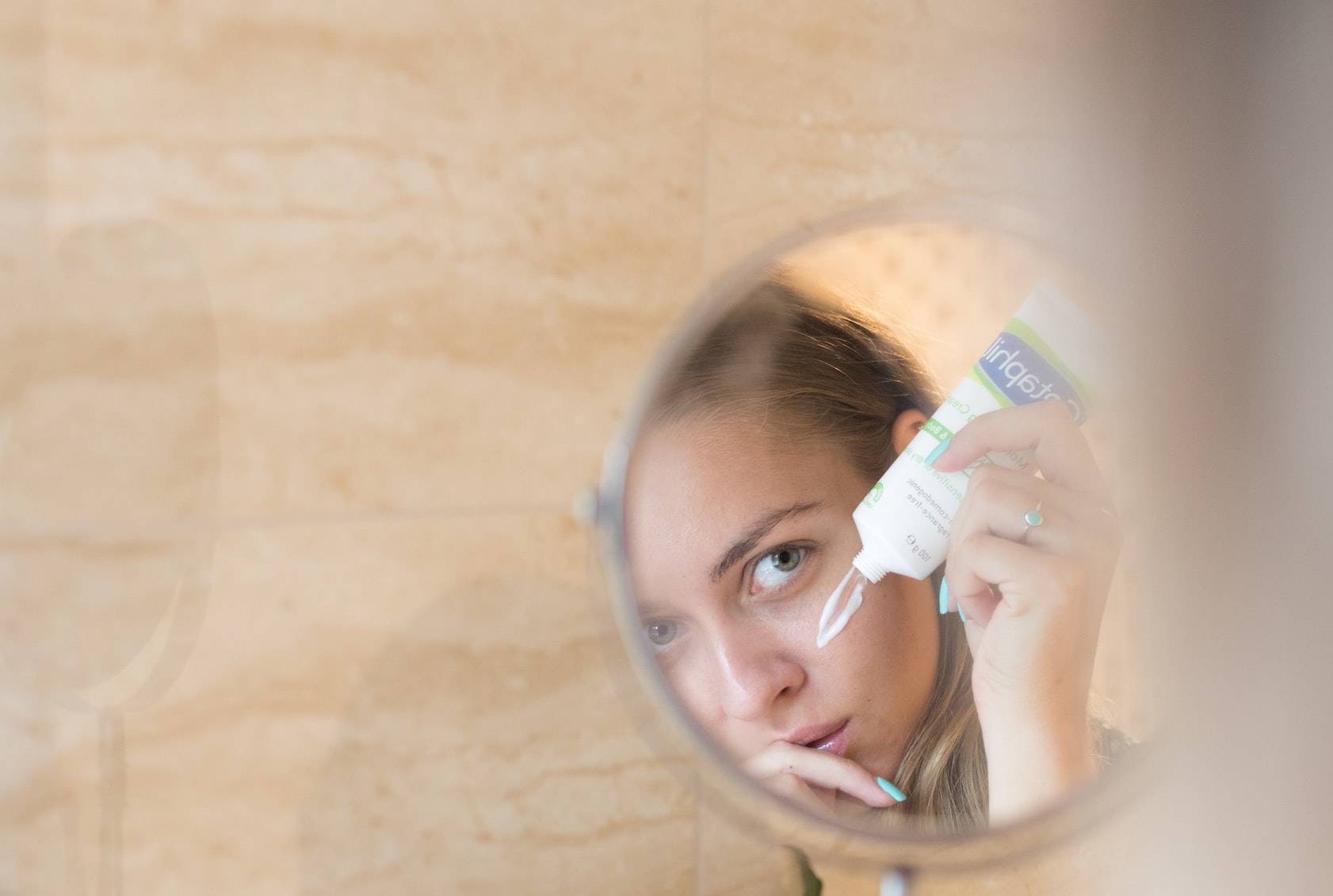BACKGROUND
It is estimated that 42,000 tonnes of microplastics intentionally added to products are released in the European Union (EU) every year.
Microplastics can be found in cosmetic products where microplastics are used for multiple purposes, such as exfoliation (microbeads) or obtaining a specific texture, fragrance or colour.
As stated in the European Green Deal and the new Circular Economy Action Plan, the European Commission (EC) is committed to fight microplastics pollution.
In 2017, the EC requested the European Chemicals Agency (ECHA) to prepare a dossier with a view to a possible restriction of microplastics. ECHA concluded that microplastics intentionally added to certain products are released into the environment in an uncontrolled manner, and recommended to restrict them. The new rules aim to prevent the release to the environment of about half a million tonnes of microplastics.
WHAT’S NEW?
On September 27, 2023, the European Union (EU), under EU chemical legislation REACH, published Regulation (EU) 2023/2055 which introduces stricter restrictions on products, including cosmetics, that contain intentionally-added microplastics (Annex XVII to REACH Regulation, entry 78).
Regulation (EU) 2023/2055 defines synthetic polymer microparticles as polymers that are solid and which fulfil both of the following conditions:
(a) are contained in particles and constitute at least 1% by weight of those particles; or build a continuous surface coating on particles;
(b) at least 1% by weight of the particles referred to in point (a) fulfil either of the following conditions:
(i) all dimensions of the particles are equal to or less than 5 mm;
(ii) the length of the particles is equal to or less than 15 mm and their length to diameter ratio is greater than 3.
These restrictions cover all synthetic polymer particles below five millimetres that are insoluble and resistant to degradation, which shall not be placed on the market as invidivual substances. Additionally, if they are present in mixtures to confer a sought-after characteristic, their concentrations shall be below 0.01% by weight.
The following polymers are excluded from this definition:
- Polymers that are the result of a polymerisation process that has taken place in nature, independently of the process through which they have been extracted, which are not chemically modified substances;
- Polymers that are degradable as proved in accordance with Appendix 15 to REACH Regulation;
- Polymers that have a solubility greater than 2 g/L as proved in accordance with Appendix 16 to REACH Regulation;
- Polymers that do not contain carbon atoms in their chemical structure.
Other exemptions are available to producers and users of microplastics based on their characteristics and conditions of use. In this regard, the following uses remain allowed:
- Microplastics that are used at industrial sites
- Microplastics that are contained by technical means so that releases are prevented: this covers cases where microparticles retain their particle state during use, but are contained by a physical barrier.
- Microplastics that have physical properties that are permanently modified during intended use: microplastics are placed on the market as such but lose their particle state during use. This is notably the case of pre-production pellets, flakes, or powders that are consumed or cease to exist during use (e.g., swell, form a film, dissolve).
- Microplastics that are incorporated into a solid matrix during intended use: microplastics retain their particle state during use, but are contained in a solid matrix, for instance, a film.
WHAT NOW?
The new restriction will enter into force from 17 October 2023.
The ban applies immediately for cosmetics containing microbeads, i.e. small plastic beads used for exfoliation and loose glitter made of plastic. However, it applies later for other cosmetics, depending on the complexity of the product, the need for reformulation and the availability of suitable alternatives.
To provide sufficient time for the development of suitable alternatives and minimize costs for the cosmetics industry, transitional periods ranging from 4-12 years are granted as follows:
(a) Synthetic polymer microparticles for use in the encapsulation of fragrances by 17 October 2029;
(b) Rinse-off cosmetics by 17 October 2027;
(c) Lip products and make-up products by 17 October 2035;
(d) Leave-on cosmetics by 17 October 2029.
References:








